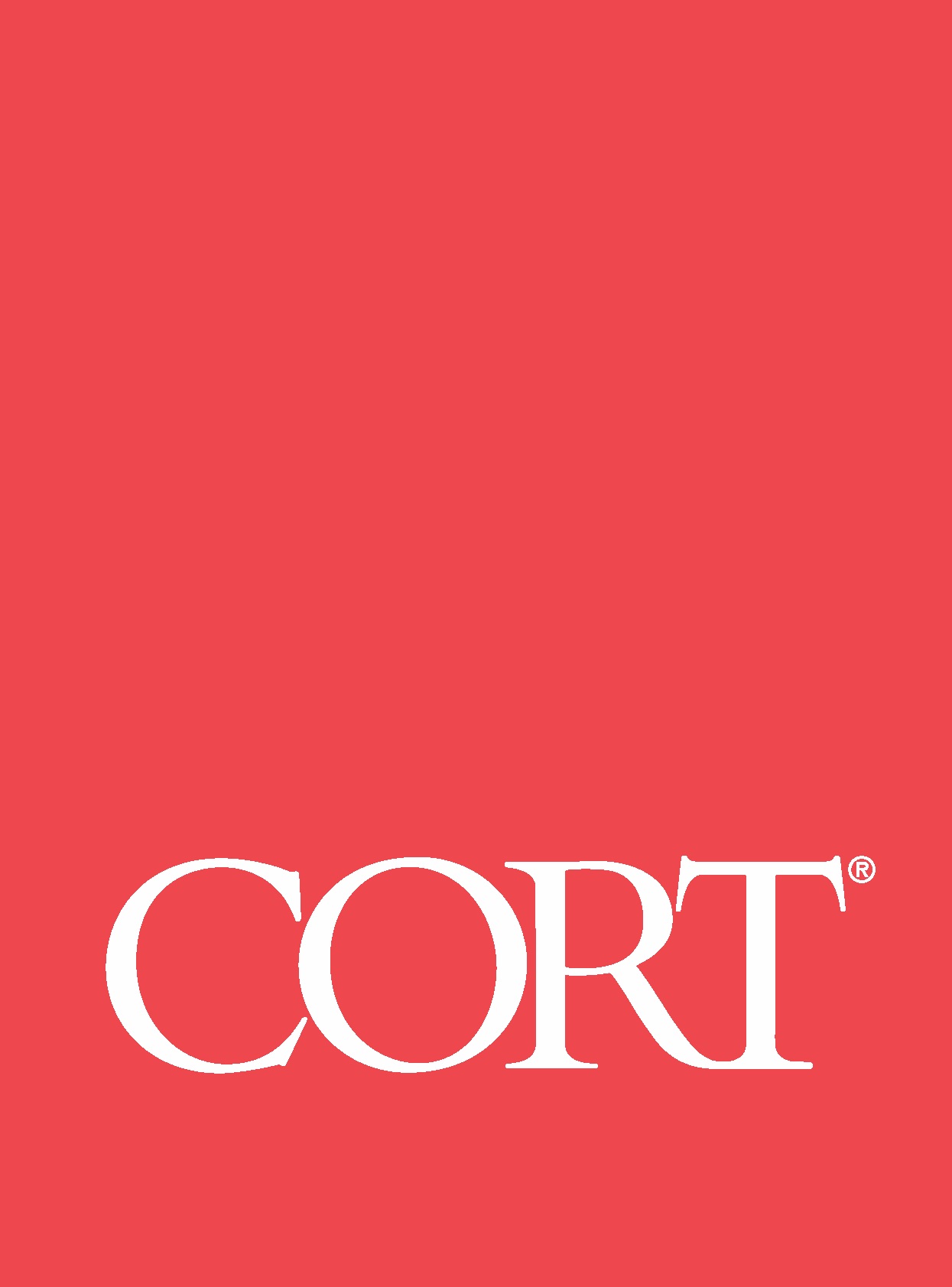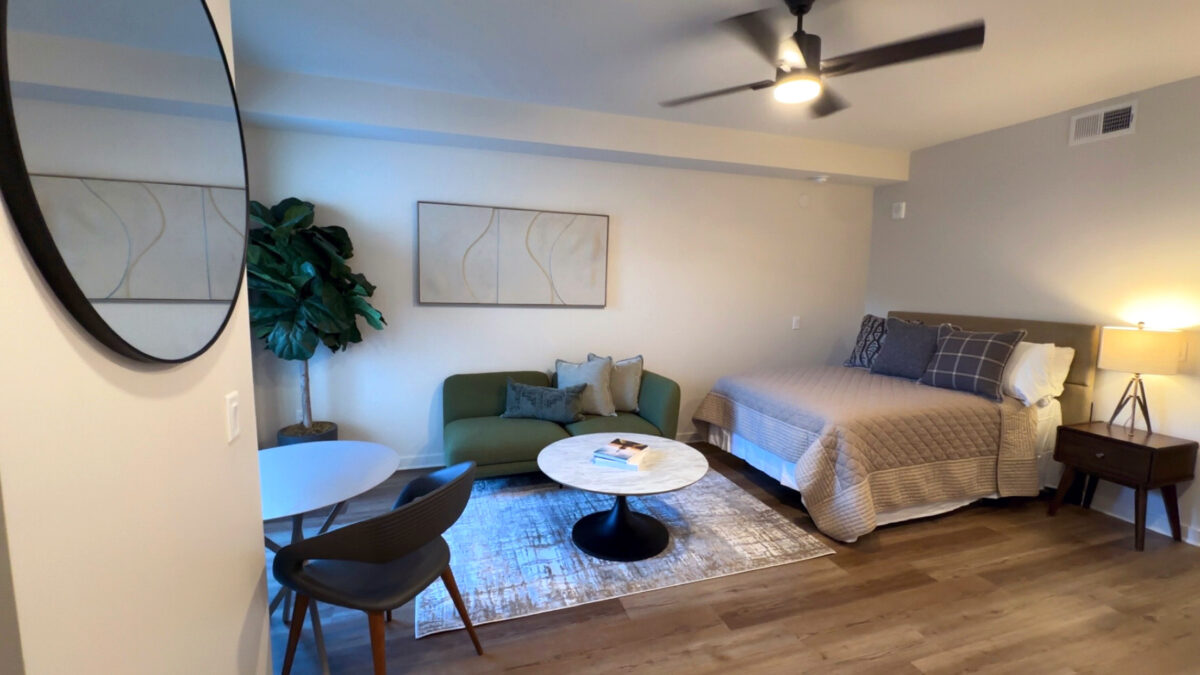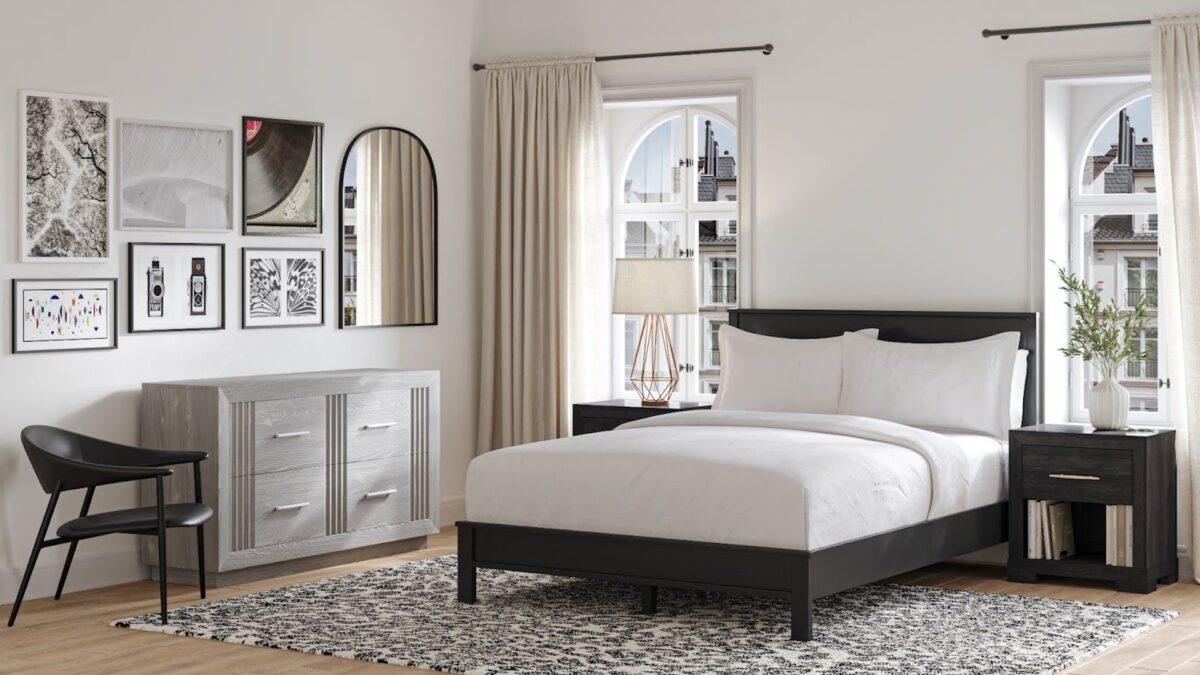Back in 2017, the Pew Research Center reported that more people were renting their homes that year than had been the case in decades. Fast forward to 2020, and those numbers continue to grow. Not only are more people choosing to rent, but the profile of the average renter is changing too. Once upon a time, those who chose multifamily housing were younger or earned a lower income than those who owned homes. Today, people across all generations and income levels are ditching their mortgages in favor of leases that won’t weigh them down. For this reason, property managers must keep up with multifamily housing trends in order to attract the new renters and show them why their property is better than the one down the street.
1. People Are Moving to the Suburbs
One of the first trends to note is that renters who once flocked to big cities are moving to the suburbs. And those who still want to experience city life are choosing smaller cities, like Memphis, Tennessee; Birmingham, Alabama; Colorado Springs, Colorado; Greensboro, North Carolina; and Tucson, Arizona.
The main reason people are moving out of the cities in droves? It’s good for their budgets. Not only are property taxes and home prices cheaper, but so are rental prices. The younger generations — millennials and Generation Z — find that it’s more affordable while they pay off student loans and save money. Older generations, like Generation X and baby boomers, find that they can spend less on home maintenance and more on experiences, like travel and exploring the world.
There are other reasons why people are heading to the suburbs. Generation X and millennials are raising their families, and they love the parks, open spaces, and access to stores and restaurants without having to worry about parking or public transportation. And more people are working from home, especially in 2020 during the COVID-19 crisis, and they find that they like it. For many companies, having some or all of their employees working from home may become permanent, so people find that they no longer have to live so close to the office and can spread out a bit.
2. Renters Are More Diverse Than Ever Before
Whether they choose the city or the suburbs, it’s important for property managers to understand who renters are these days. As we’ve noted, the demographics are changing. Renters are no longer young people fresh out of college or their parents’ homes. They are families, they are retirees and they are professionals. They have some college or at least one college degree, and they make more money than they did in the past. They are people who have more options at their fingertips when it comes to choosing a place to live, and they’ll expect multifamily housing properties to compete for them rather than offer the bare minimums.
3. Renters Need Affordability
Renters may be making more money or have more education, but that doesn’t mean they aren’t in search of affordability. While high-income renters have been on the rise since 2010, 40% of renters across 46 states are cost-burdened. Many multifamily housing properties have been focusing on attracting higher-income tenants, but it’s important to avoid overlooking the average renter who just wants a safe, affordable place to live with basic amenities. Right now, there are millions of 18 to 34 years olds who still live at home with their parents. Soon, they’ll become potential renters, and most of them will treasure affordability as they pay off their student loans, start their careers and work on avoiding future financial problems they saw their parents and grandparents experience in 2008, during the recession.
4. Renters Want to Save Time, Live Healthy, and Reduce Their Carbon Footprint
Younger renters may not be looking for high-end amenities, but they are going to look for properties that make life more convenient for them, so they can focus less on their homes and more on their careers, their social lives, and their experiences. They’re also highly focused on their health and the health of the environment. Property managers can turn these desires into profits by making some changes to their units. For example, adding smart home technology that saves time will appeal to the younger generations. Providing wellness services, either on-site or through a third party is also a big attraction for Generation Z and millennials.
5. Flexible Furniture Options Attract Renters
Another way to help potential tenants save time and money is by offering flexible furniture options. Property managers have discovered that offering furnished or partially-furnished units have major appeal to all generations, particularly the youngest, Generation Z, and the oldest, baby boomers. Neither generation wants to own too much stuff. For the younger ones, not worrying about furniture means it’s easy to move in and out when you get a new job or move in with a significant other. For older ones, not owning furniture means less stuff to maintain and more time to enjoy those golden years. And saving money appeals to all ages.
By renting furniture to create furnished units, you’re helping renters save on upfront costs. You’re making move in and move out days easier than ever. You pick the items you need, we’ll deliver them to the exact space where you need them and when you’re finished with them, we’ll pick them up. This saves you and time and money as well. Furniture rental for furnished multifamily housing units is also a great option in areas that frequently host professionals or lease short-term rentals for other reasons.
Don’t miss out on one of the hottest multifamily housing trends for 2020 and 2021. Visit the CORT Furniture Rental today to find out how you can earn more money and attract more tenants today.
Photo by Mat Reding from Pexels





